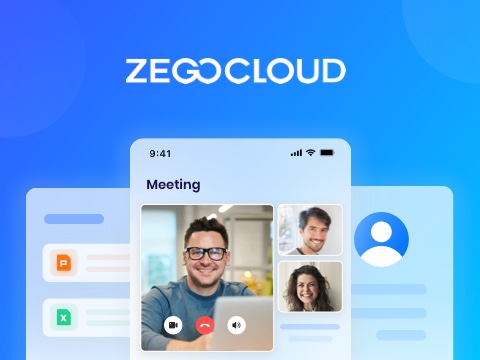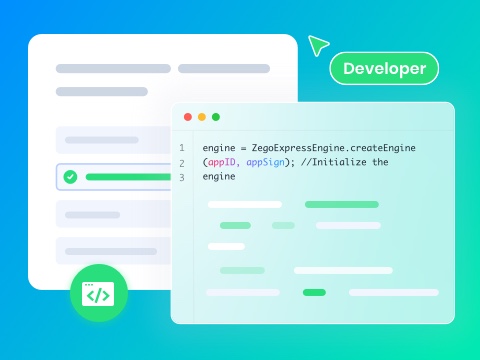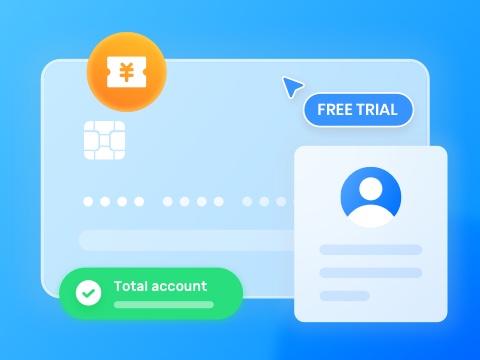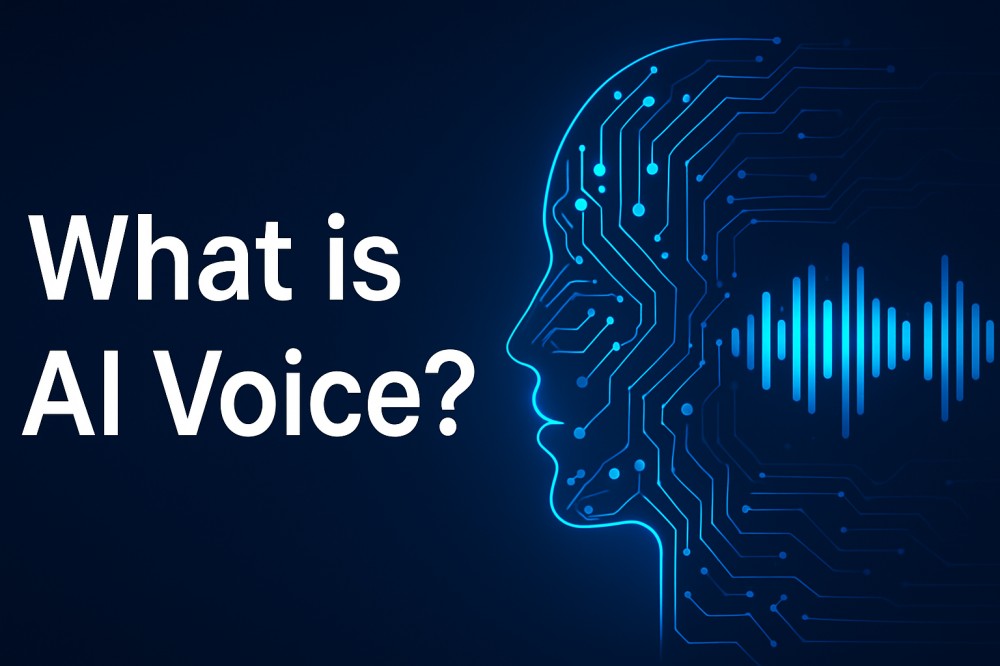Not long ago, hearing a computer talk like a human was something of science fiction. Yet, AI voice technology has quickly turned that idea into reality. Now, a lot of people interact with such voices through virtual assistants or smart devices. As this tech continues to grow, it brings more convenience and faster responses. This deep dive will explore how AI voice technology works and its current applications in today’s world.
How is AI Voice Created?
A sort of prerequisite to learning how the AI voice chat or call works, it helps to look at the steps behind its creation. Step by step, developers use different technologies to train systems that can sound almost human.
- Voice Data Collection: A large collection of human speech and text datasets trains the AI on language patterns and pronunciation. Then, they analyze everything, ranging from tones and emotions to sentence structures, to help the system understand natural human communication.
- Language Processing with NLP: Next, they utilize Natural Language Processing to instruct the AI on how to process and respond to spoken language. Afterward, NLP enables the system to convert user input into accurate and meaningful replies.
- Text-to-Speech Conversion: Here, TTS tech comes in to convert written responses into spoken words using synthetic voices. After that, speech synthesis models shape aspects ranging from voice tone and pitch to rhythm, making the sound more lifelike.
- Training with Deep Learning: Later, deep learning algorithms refine the AI voice through repeated training using feedback and real-world usage. Eventually, this process helps the voice respond smoothly and naturally using the right context.
- Testing and Voice Polishing: Finally, developers test the AI voice in different scenarios to ensure clarity and emotional expression. Over time, these voices become capable of sounding helpful and even human-like in tone.
Use Cases for AI Voice
Since AI voice is becoming more advanced and natural, its use across many different industries and platforms has skyrocketed. From home devices to business tools, the following are 5 examples stating that the artificial intelligence voice’s role is growing in both everyday life and professional spaces:
1. Virtual Assistants and Smart Devices
At home, many people use AI-powered voice assistants like Alexa and Siri to execute a variety of daily tasks. Additionally, such assistants can do things ranging from setting alarms and checking the temperature to controlling smart lights and appliances. Over time, their voice responses have become faster and more personalized, tailored to individual user behavior.
2. Customer Support and Call Centers
Here, especially AI girl voice systems now handle basic queries through automated voice responses, eliminating the need for human agents. Plus, these systems do a lot of tasks, from reducing wait times to answering frequently asked questions and shifting complex issues to live support. As a result, businesses save time while customers get quicker and more consistent service.
3. Navigation and In-Car Assistance
In cars, AI voice powers aspects from hands-free navigation and live traffic updates to voice-controlled music or calls. Moreover, drivers stay focused on the road while interacting with the system naturally and safely. Through constant updates, these voices now sound more natural and respond with fewer errors.
4. Accessibility for People with Disabilities
For individuals with vision impairments or mobility issues, an artificial intelligence narrator in many essential tools facilitates communication and daily tasks. Additionally, tools include screen readers and virtual assistants for hands-free use. By offering independence and ease, AI voice improves life quality and user experience significantly.
5. Voice-Based Learning and Language Apps
In education, this tech aids learners in improving pronunciation and understanding new languages. Not to mention, apps like Duolingo employ artificial intelligence voice to simulate real conversations and give instant feedback. As a result, students feel much more confident and get engaged while learning through it.
Benefits of AI Voice
Since AI voice cloning is getting into so many areas, it’s important to look at the advantages driving its popularity. Across industries, these benefits are improving efficiency and communication for a lot of users:
- Faster Response Time: Speech-enabled assistants respond almost instantly, eliminating the need for users to wait or search manually. This rapid turnaround helps organizations manage more interactions without adding to their team’s workload.
- 24/7 Availability: Unlike human agents, virtual voice systems operate 24/7 without being affected by time zones. This ensures uninterrupted support and keeps workflows running smoothly.
- Cost Reduction for Businesses: Automating repetitive voice interactions allows businesses to reduce labor costs while maintaining consistent service levels. Over time, this approach leads to substantial savings in operational expenses.
- Increased Accessibility: Voice interfaces also assist people with disabilities by offering hands-free navigation and text-to-speech services. This makes digital tools more inclusive and easier for everyone to use.
- Personalized User Experience: A widespread use of this robust tech allows it to learn from user habits and adapt its outputs accordingly over time. Not to mention, that makes every interaction feel a lot more natural and relevant to an individual.
Inside the Tech Stack of AI Voice: From TTS to Voice Cloning
Examining the technology behind this marvel will reveal a powerful method combination that enables lifelike voice creation and cloning. As for the starting, deep learning frameworks like WaveNet and Tacotron power the core AI voice text-to-speech process. Here, WaveNet generates raw audio waveforms using neural networks to achieve human voice realism. Meanwhile, Tacotron 2 converts text into intermediate spectrograms. Moreover, these will get turned into audio via neural vocoders.
Next, voice cloning systems apply speaker embeddings and transfer learning to mimic specific voices. Plus, they extract voice signatures to capture a speaker’s tone and accent. Furthermore, transfer learning techniques allow TTS models to adapt to new voices with minimal speech samples. Then, voice conversion models like RVC reshape an input voice into the cloned voice. Plus, these systems perform tasks ranging from feature extraction and retrieval to vocoding.
These will preserve vocal characteristics and emotion when creating a specific type, such as an AI girl’s voice. Additionally, real‑time clone tools analyze mel spectrograms using MFCCs. Along with that, it generates emotive voices with GAN and encoder‑decoder methods. Lastly, developers polish and secure the clone voices using post‑processing and ethical safeguards. Some of these range from SSML prosody controls to managing emotion via style transfer.
How ZEGOCLOUD Helps You Build AI Voice Chat and TTS Features
One thing that you can safely believe is that artificial intelligence has made many things a lot easier. Among these is creating your very own AI voice call and chat with TTS functions. Among the best ways to do so, ZEGOCLOUD offers a comprehensive suite of tools, including its Video Call SDK. Interestingly, it supports 48 kHz full-band audio sampling and maintains an average latency of just 300ms.
Furthermore, this SDK can handle voice rooms of up to 10,000 participants and runs reliably across 15,000+ device models. Next, ZEGOCLOUD includes AI noise reduction and real-time voice effects to enhance the quality of interactions. Moreover, these include dynamic features like reverb, voice changing, and intelligent noise suppression. After setting up this foundation, developers can bring in ZEGOCLOUD’s AI Agent 2.2.
It is a conversational module that supports multi-user dialogues, speaker identification, and context awareness. Plus, the model maintains AI response latency below 200 ms to ensure your AI voice clone is a robust one. Following this, ZEGOCLOUD’s robust global infrastructure plays a critical role in reducing communication lag. With over 500 edge nodes deployed across 212 countries and regions, voice data travels with a latency of under 100ms.
Conclusion
Ultimately, AI voice is transforming the way people interact with technology and facilitating faster communication while increasing its accessibility. From smart assistants to global business tools, its impact continues to grow.
By using platforms like ZEGOCLOUD, developers can build reliable voice applications with advanced AI and low-latency performance. As the tech evolves, AI voice will become even more essential across industries to shape a smarter future.
FAQ
Q1: How does an AI voice work?
AI voice is generated through text-to-speech (TTS) technology, which uses deep learning models to convert written text into natural-sounding speech. Some systems also include voice cloning and emotion modeling for more lifelike delivery.
Q2: Is it legal to use AI voice?
Yes, using AI voice is legal in most countries. However, using someone’s cloned voice without permission—especially for commercial or misleading purposes—may violate privacy or intellectual property laws.
Q3: Why do people use AI voice?
People use AI voices for voice assistants, virtual characters, automated customer service, e-learning, accessibility tools, and content creation—because it’s scalable, cost-effective, and available 24/7.
Q4: How to tell if someone is using an AI voice?
AI voices can sometimes sound overly smooth, lack emotional nuance, or have slight timing inconsistencies. However, advanced models are becoming harder to distinguish from real human voices.
Let’s Build APP Together
Start building with real-time video, voice & chat SDK for apps today!










